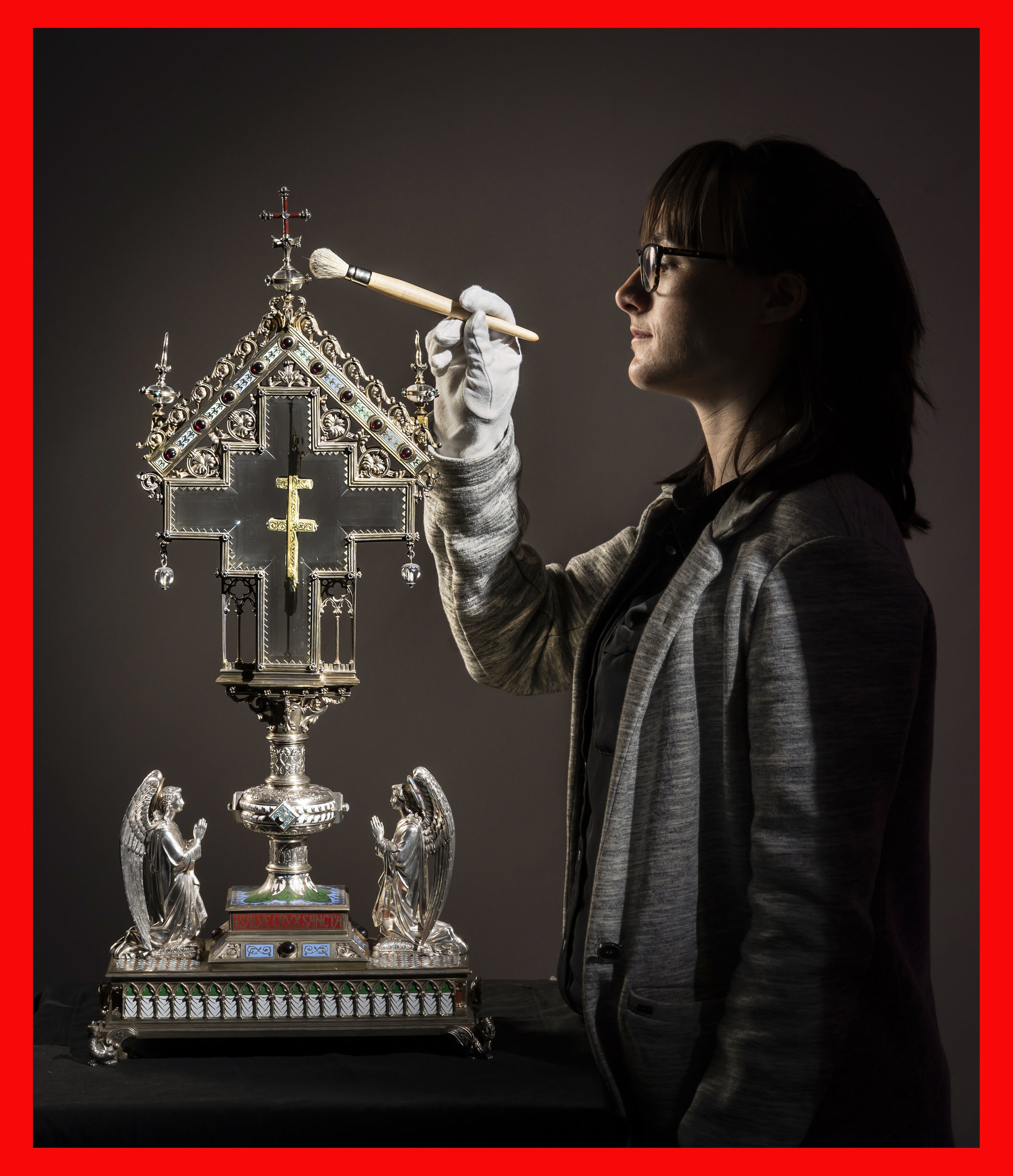‘Fragment from crucifixion of Jesus’ to go on display in York
The relic has been authenticated over the centuries during its journey from Jerusalem to York.

Your support helps us to tell the story
From reproductive rights to climate change to Big Tech, The Independent is on the ground when the story is developing. Whether it's investigating the financials of Elon Musk's pro-Trump PAC or producing our latest documentary, 'The A Word', which shines a light on the American women fighting for reproductive rights, we know how important it is to parse out the facts from the messaging.
At such a critical moment in US history, we need reporters on the ground. Your donation allows us to keep sending journalists to speak to both sides of the story.
The Independent is trusted by Americans across the entire political spectrum. And unlike many other quality news outlets, we choose not to lock Americans out of our reporting and analysis with paywalls. We believe quality journalism should be available to everyone, paid for by those who can afford it.
Your support makes all the difference.New research has revealed how a True Cross relic, said to be a fragment from the crucifixion of Jesus, came to be in a convent in Northern England.
An ornate reliquary case of silver gilt, precious stones and crystal was completed for the religious artefact in 1870, and it has been kept at the Bar Convent in York for centuries.
A Latin inscription says it was given to an English knight from the Shirley family by Arnulphus, Patriarch of Jerusalem, for his “valour” during the Crusades.
The convent wanted to show the relic in the 1860s for public veneration so it needed it to be authenticated by high-ranking Church officials.
Studies of historical documents show it likely changed hands from the Shirley family in the 16th century, before coming into the family of a Jesuit priest who gave it to the convent.
Dr Hannah Thomas, the first lay person to look after the convent’s collections, said: “We are thrilled to be able to enrich our knowledge of this piece, which has been so well protected and admired for centuries.
“It is a centrepiece of our collections and remains an object of contemplation with both religious and historic significance.
“We considered Easter, and the anniversary of when it was first authorised for veneration, to be the most appropriate time to share this research and to highlight this special object.”
The relic goes on display at The Bar Convent, England’s oldest convent still in use, from April 2.